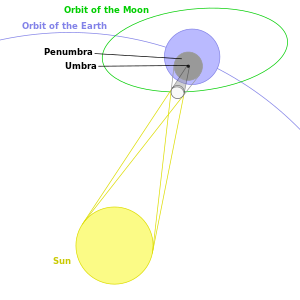Viewing the Sun during partial and annular eclipses (and during total eclipses outside the brief period of totality) requires special eye protection, or indirect viewing methods, if eye damage is to be avoided. The Sun's disk can be viewed using appropriate filtration to block the harmful part of the Sun's radiation. Sunglasses do not make viewing the sun safe. Only properly designed and certified solar filters should be used for direct viewing of the Sun's disk. Especially, self-made filters using common objects such as a floppy disk removed from its case, a Compact Disc, a black colour slide film, etc. must be avoided despite what may have been said in the media.
The safest way to view the Sun's disk is by indirect projection. This can be done by projecting an image of the disk onto a white piece of paper or card using a pair of binoculars (with one of the lenses covered), a telescope, or another piece of cardboard with a small hole in it (about 1 mm diameter), often called a pinhole camera. The projected image of the Sun can then be safely viewed; this technique can be used to observe sunspots, as well as eclipses. Care must be taken, however, to ensure that no one looks through the projector (telescope, pinhole, etc.) directly. Viewing the Sun's disk on a video display screen (provided by a video camera or digital camera) is safe, although the camera itself may be damaged by direct exposure to the Sun. The optical viewfinders provided with some video and digital cameras are not safe. Securely mounting #14 welder's glass in front of the lens and viewfinder protects the equipment and makes viewing possible. Professional workmanship is essential because of the dire consequences any gaps or detaching mountings will have. In the partial eclipse path one will not be able to see the corona or nearly complete darkening of the sky, yet, depending on how much of the sun's disk is obscured, some darkening may be noticeable. If two-thirds or more of the sun is obscured, then an effect can be observed by which the daylight appears to be dim, as if the sky were overcast, yet objects still cast sharp shadows.


